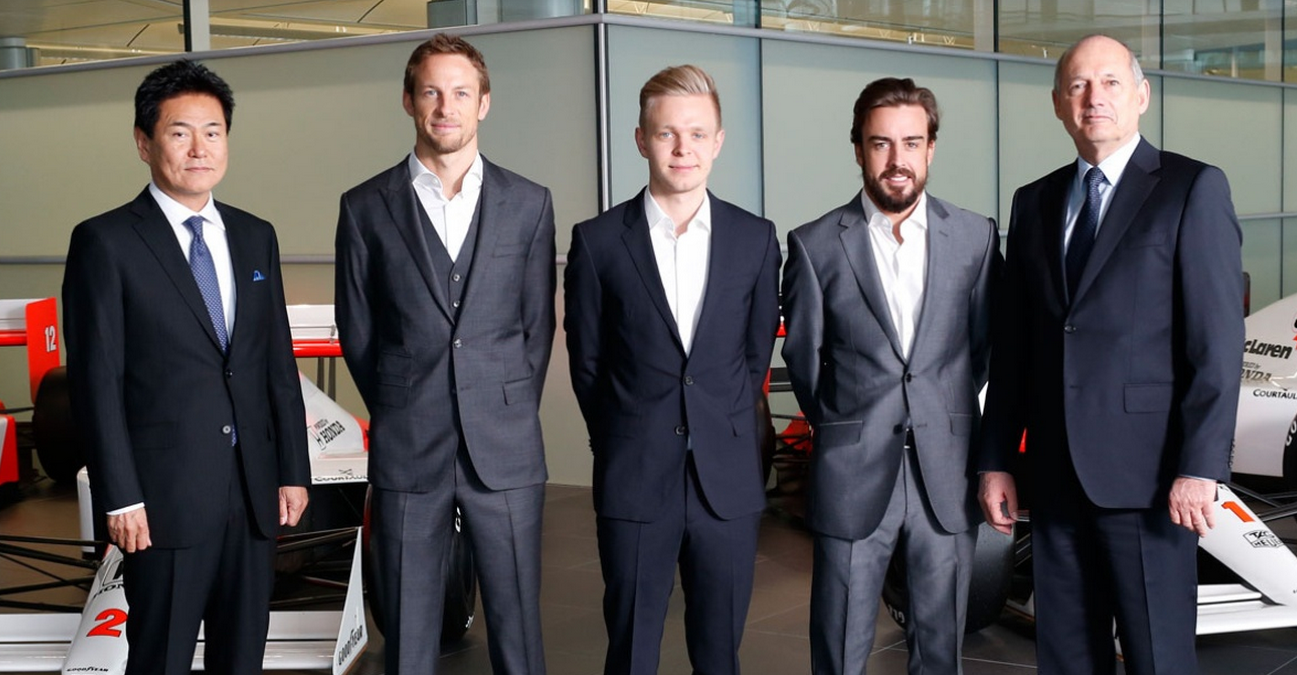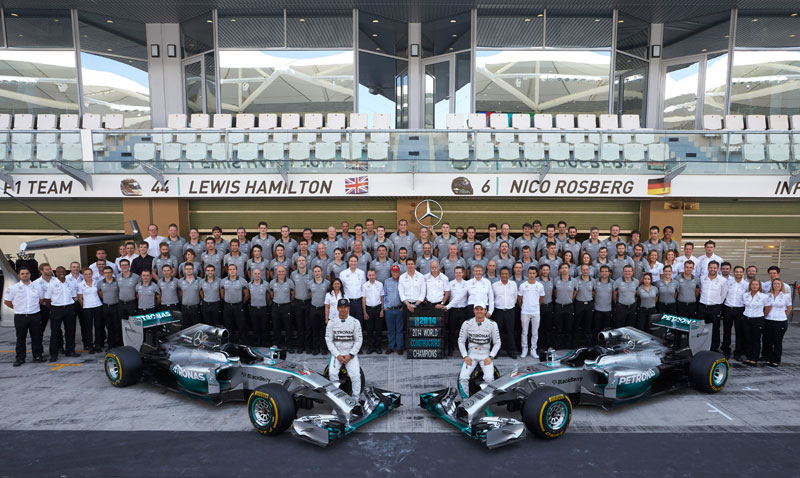
Whilst you’ve all heard of McLaren Applied Technologies (M.A.T.) we thought perhaps some of our Formula 1 fans might not be aware of the magnificent things we have achieved away from the race track. So here is a little summary of how McLaren applies its expert design, engineering and technology knowledge to just some of the biggest challenges out there today…
Energy
We’re quite skilled at moving horizontally, so we thought we’d try our hand at moving vertically. Deep sea drilling to be exact. Ekofisk is an oil and gas field in the North Sea which is estimated to stay active until 2050. In order for this to happen, its deep sea drilling needs to stay as ecologically sensitive and efficient as possible. With our knowledge of analysing large data sets, MAT produced computer models that take real time data direct from the drill head to help make day-to-day decisions and predictions on performance, cost and safety.
Health and wellness
We’ve been quietly working away with pharmaceutical businesses since 2007 applying wearable technology before it became fashionable. In 2011 we began our partnership with GSK focussed on pharmaceutical research and advanced manufacturing. Using our knowledge of how to be super speedy, we managed to help GSK to more than halve their downtime at a toothpaste factory. We didn’t quite make it possible to manufacture toothpaste at 200mph, in case that’s what you were thinking. However, what we did do was use pitstop techniques to allow GSK to produce 6.7 million extra tubes of toothpaste a year without losing any production time.
M.A.T. took the methodology used to synchronise pitstops and worked with GSKs team to create processes and equipment that cut GSK’s changeover time between making one line of toothpaste, to another, from 39 to 15 minutes.
Consumer brands
We’ve had rather a lot of practice moving on four wheels, so naturally, we fancied a go at moving on two. World-leading bicycle manufacturer Specialized set McLaren the task of creating a bicycle frame that was just as strong but 15% lighter than their already excellent Venge. Using our four wheel know-how, MAT created software that was compatible with two wheelers, allowing us to test and collect data on bikes the same way we do with cars.
MAT did the job, and more. They produced a bike that was 20% lighter and 11% stiffer around the bottom bracket than the original. Since then we have also worked with Specialized in creating the S-Works McLaren TT Helmet, the most aerodynamic helmet ever seen in professional racing.
Transport
Four wheels? Check. Two wheels? Check. Wings? Let’s give it a go…
After discovering that incoming flights in many of the world’s biggest airports spend an average of 20 minutes in a holding pattern, which can account for as much as 30% of the airports’ CO2 emissions, we just had to do something about it.
We collect enormous amounts of data from our F1 cars during every race. If we can’t process this data in real time, it’s not much use for fast and important decision making that could win or lose a race. So we developed predictive models that produce insight to guide decision making for National Air Traffic Control Service. This was used by Heathrow Airport to reduce delays and emissions through providing real time data to controllers on the optimum approach patterns and fastest route to the right gate.
We took McLaren’s technology that’s used to make decisions on the race track, and applied it to traffic on, and above, the runway.
52 years ago when McLaren began racing and building cars, who’d have thought we’d now be helping the production of toothpaste and synchronisation of aeroplanes? Perhaps when Bruce McLaren said: “there is no finish line”, this is what he was talking about.
